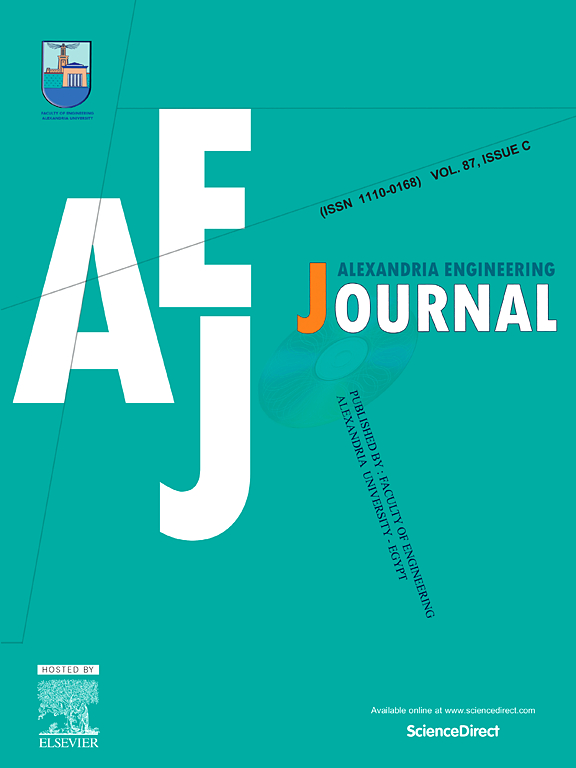Error probability analysis under H-noise scenarios in diffusive molecular communication
IF 6.2
2区 工程技术
Q1 ENGINEERING, MULTIDISCIPLINARY
引用次数: 0
Abstract
Diffusive Molecular Communication (DMC) represents a critical paradigm in nanoscale communication, yet various noise models significantly influence its performance. This paper presents an analytical framework for evaluating error probability under H-noise. This novel noise model accounts for anomalous diffusion scenarios, including sub-diffusion, super-diffusion, and normal diffusion. Unlike conventional noise models that primarily focus on normal diffusion, H-noise provides a unified characterization of uncertainty in molecular propagation across diverse diffusion environments. The study introduces a mathematical formulation of error probability, integrating parameters such as decision thresholds, binary transmission probability, and diffusion coefficients. Numerical simulations validate the theoretical analysis, demonstrating the impact of scenario parameters on error probability and the statistical behavior of molecular arrival times. In addition to error analysis, this study explores broader applications of DMC in biomedical systems, environmental monitoring, and nanoscale computing, highlighting its potential beyond intelligent transportation systems. This work enhances the understanding of DMC under complex noise conditions by delineating different evaluation metrics and extending the discussion to a broader spectrum of applications. It provides insights into optimizing molecular communication systems for future nano-networking applications.
求助全文
约1分钟内获得全文
求助全文
来源期刊

alexandria engineering journal
Engineering-General Engineering
CiteScore
11.20
自引率
4.40%
发文量
1015
审稿时长
43 days
期刊介绍:
Alexandria Engineering Journal is an international journal devoted to publishing high quality papers in the field of engineering and applied science. Alexandria Engineering Journal is cited in the Engineering Information Services (EIS) and the Chemical Abstracts (CA). The papers published in Alexandria Engineering Journal are grouped into five sections, according to the following classification:
• Mechanical, Production, Marine and Textile Engineering
• Electrical Engineering, Computer Science and Nuclear Engineering
• Civil and Architecture Engineering
• Chemical Engineering and Applied Sciences
• Environmental Engineering
 求助内容:
求助内容: 应助结果提醒方式:
应助结果提醒方式:


